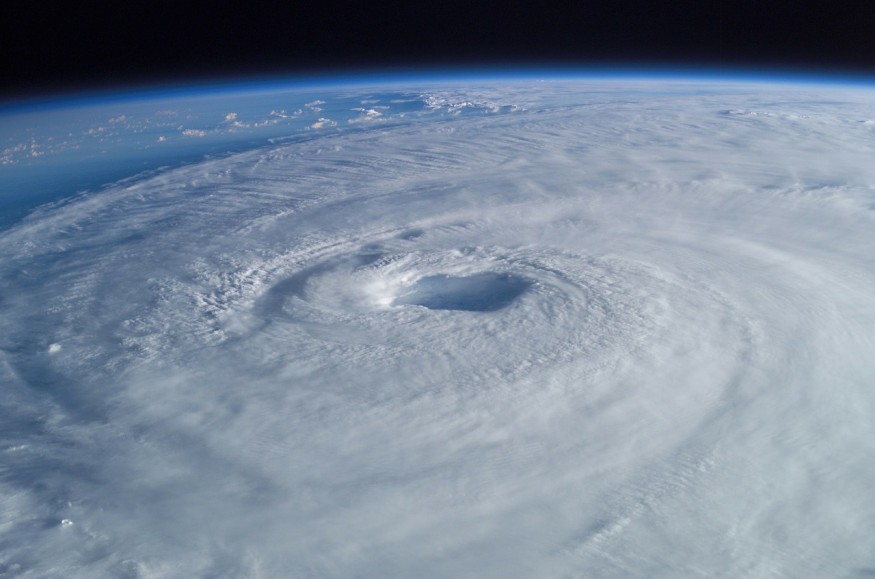Meteorologists Fred Sanders and John Gyakum coined the term "bomb cyclone" in their 1980 study, titled "Synoptic-Dynamic Climatology of the "Bomb," which was published in the Monthly Weather Review of the American Meteorological Society.
They said that a bomb cyclone is a large, intense mid-latitude storm that undergoes bombogenesis, having access to the optimal ingredients that strengthen a storm. It is associated with various weather conditions, such as blizzards, severe thunderstorms, and heavy precipitation. Unlike any ordinary cyclones, they intensify quickly and are always on high alert due to the significant impacts they could cause.

What Happens When A Cyclone Undergoes Bombogenesis?
Bombogenesis is a combined word from "bomb" and "cyclogenesis," which describes a storm formation. The National Oceanic and Atmospheric Administration (NOAA) explains that a storm could undergo bombogenesis when its central low pressure drops at least 24 millibars in 24 hours from the normal 1,010 millibars of sea-level pressure.
Storms form due to a rising column of air in an area with low pressure that sucks in the air from its surroundings. It starts to spin faster and faster as air converges. NOAA said that a strong storm could reach 74 mph (119 km/h) or higher in speed. Between 2013 and 2014, around 30 storms underwent bombogenesis.
According to Live Science, bombogenesis usually happens when a strong jet stream high in the atmosphere interacts with an existing low pressure near a warm ocean current. They usually occur during the winter season in what experts call the mid-latitude (extratropical) cyclones.
The difference between this type of cyclone to a tropical cyclone is that the former is driven by the collision of warm and cold air, while the latter is driven by convection or the transfer of heat upward. The North Atlantic usually experiences bombogenesis due to the collision of cold and warm air during the winter months that give rise to nor'easters per the Washington Post's Capital Weather Gang.
Although bombogenesis is also commonly reported in the southwest Pacific and the South Atlantic. The Northern Hemisphere also seemed to have more bombogenesis incidences than the Southern Hemisphere.
Bomb Cyclone 2022
This year's bomb cyclone was predicted to happen in the northeastern US affected by a winter storm on January 28 to 30. According to Science Alert, forecast models see large snowfall from coastal North Carolina northward to Maine, while coastal parts of New England are expected to receive 8-12 inches of accumulating snow.
The weather forecast also said that winds with over 50 miles per hour would hit the coast, while a blizzard is also likely to occur and a storm surge, coastal flooding, beach erosion, and wind damage. The storm is expected to start on the country's southeastern coast as a weak low-pressure system that will have central pressures between 35-50 millibars after 24 hours.
As experts predicted, a winter storm developed coupled with 150 miles per hour wind strength, very warm sea surface temperatures, and an unstable atmosphere that created a bomb cyclone and buried the country's northeastern part in a blizzard.
Check out more news and information on Cyclones in Science Times.
© 2025 ScienceTimes.com All rights reserved. Do not reproduce without permission. The window to the world of Science Times.











